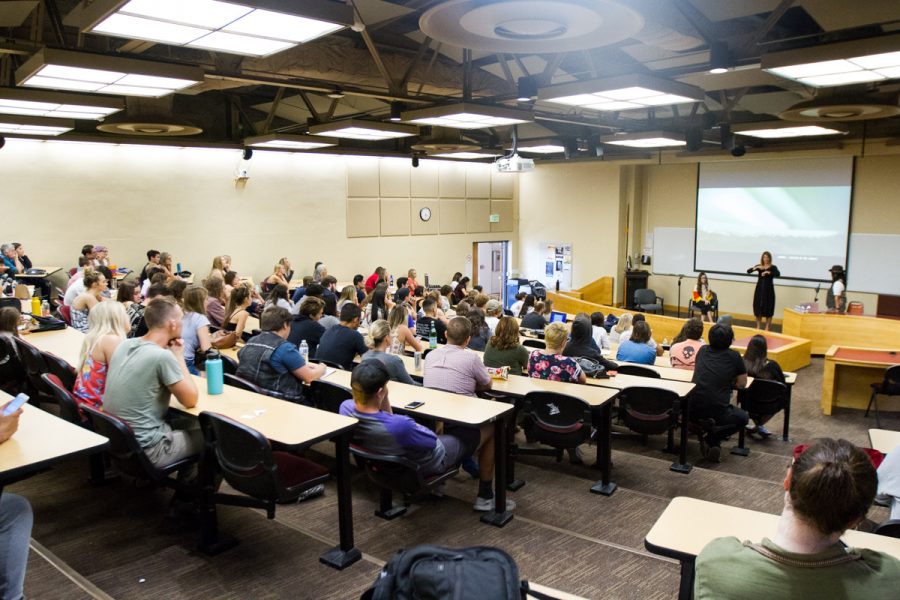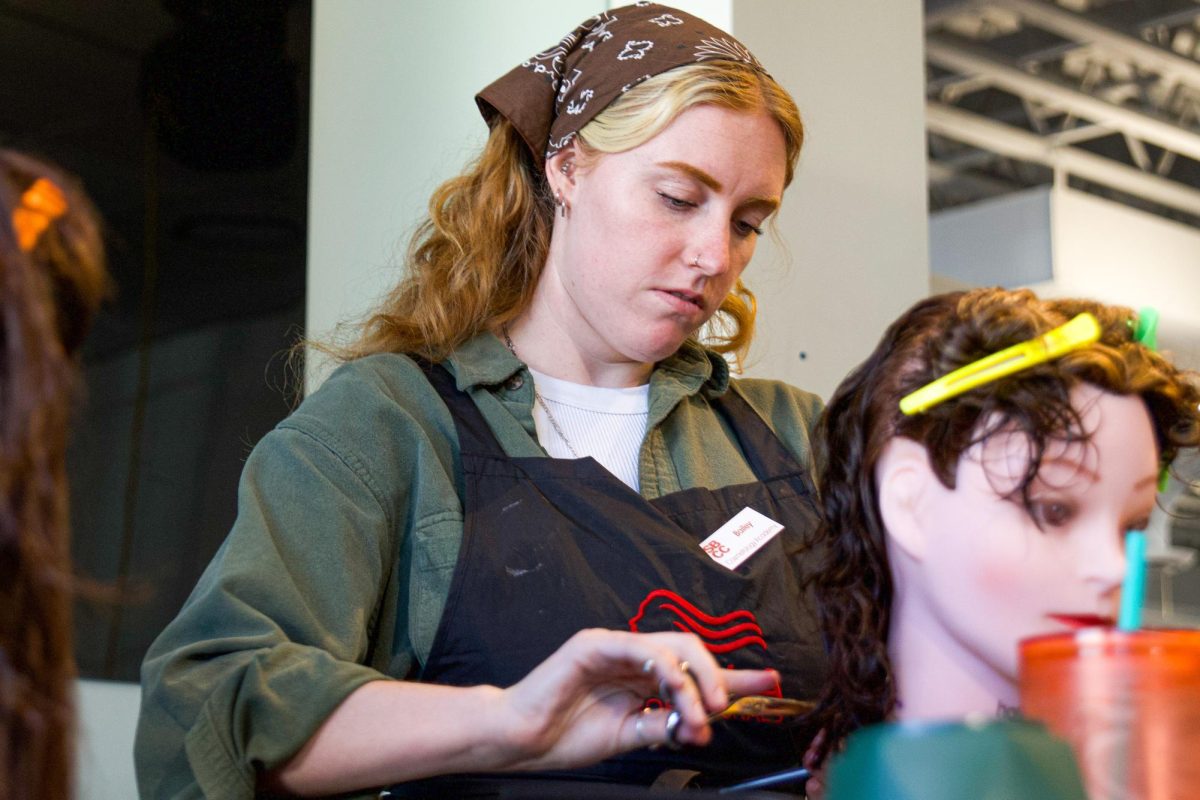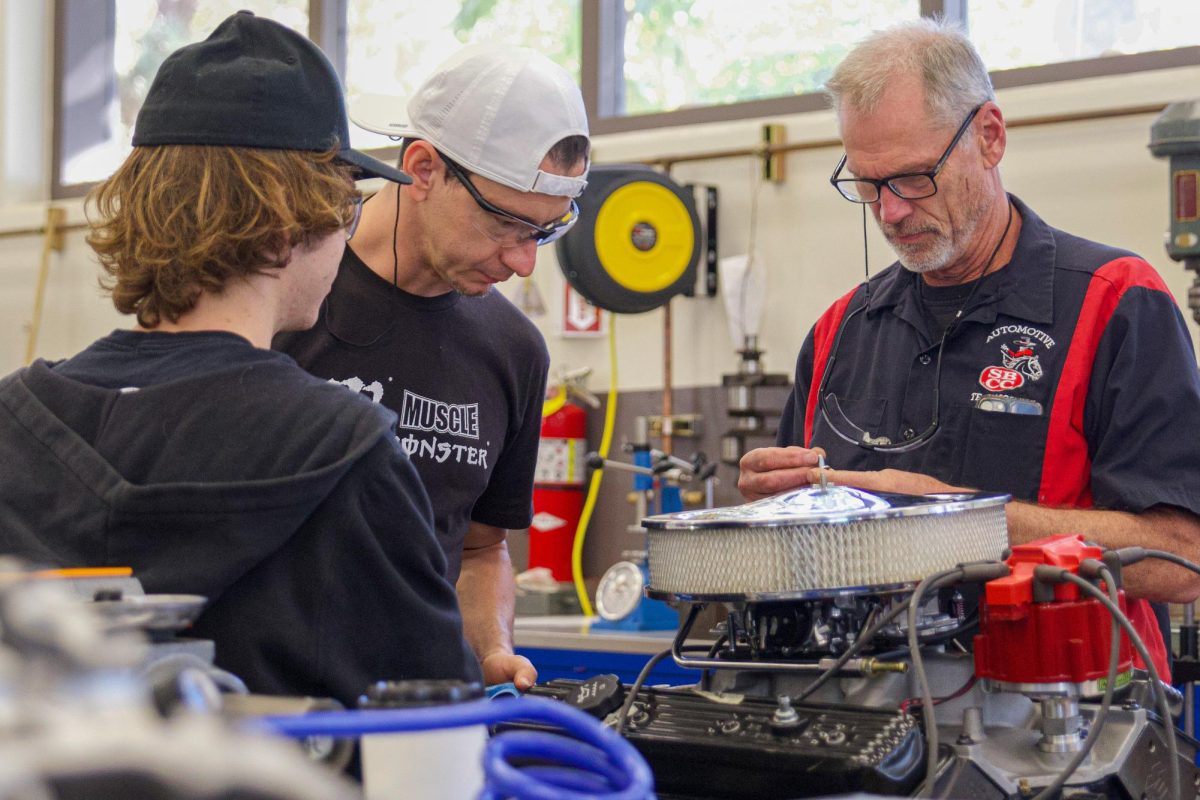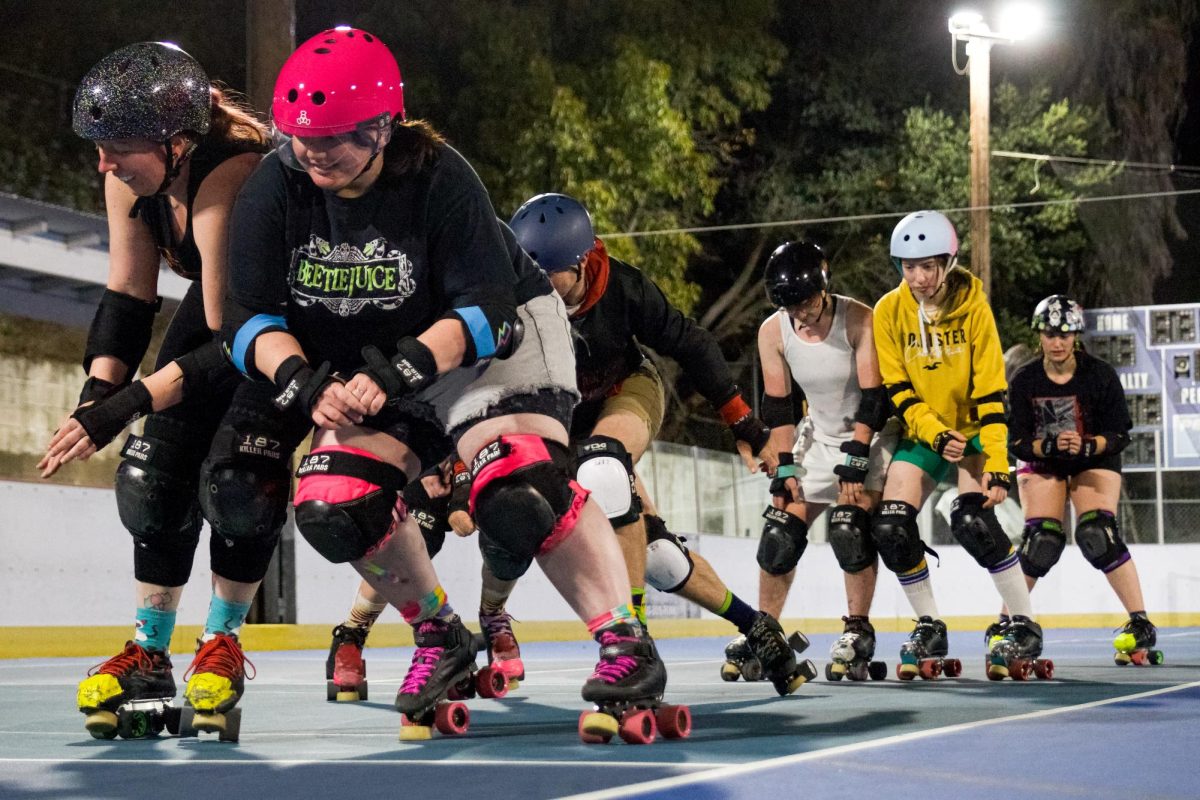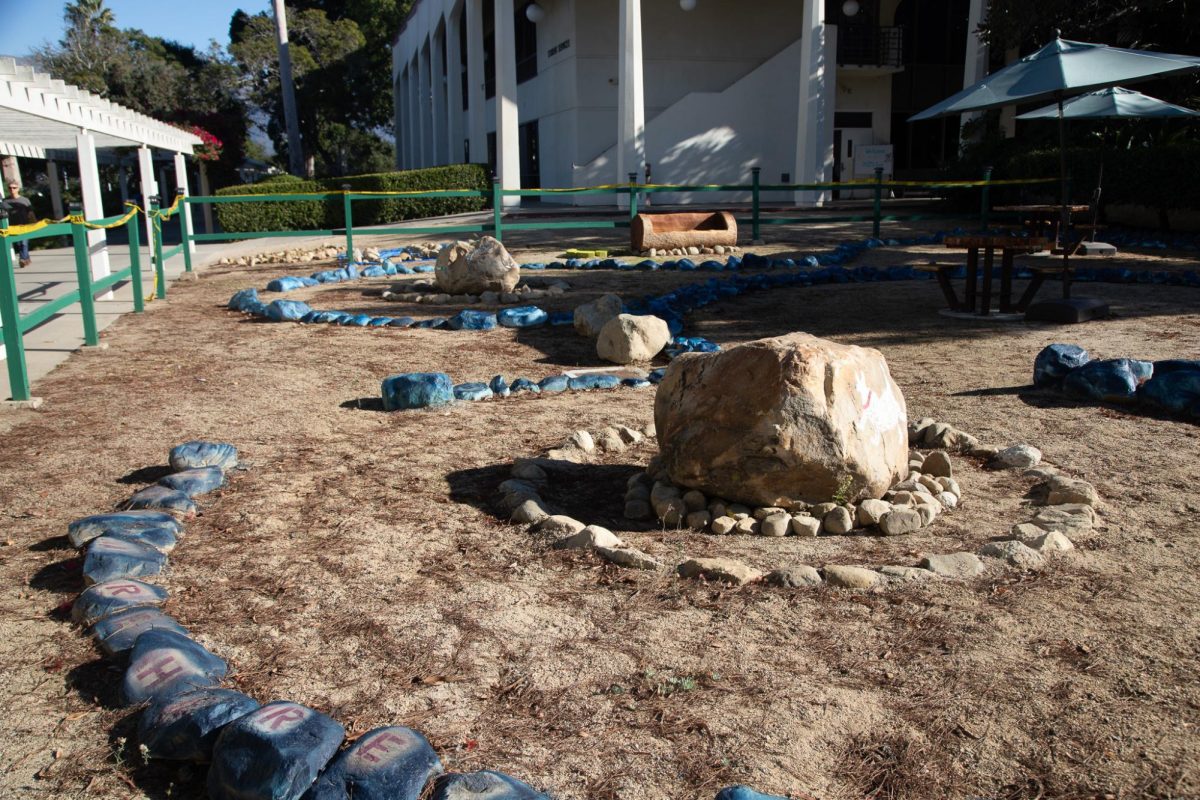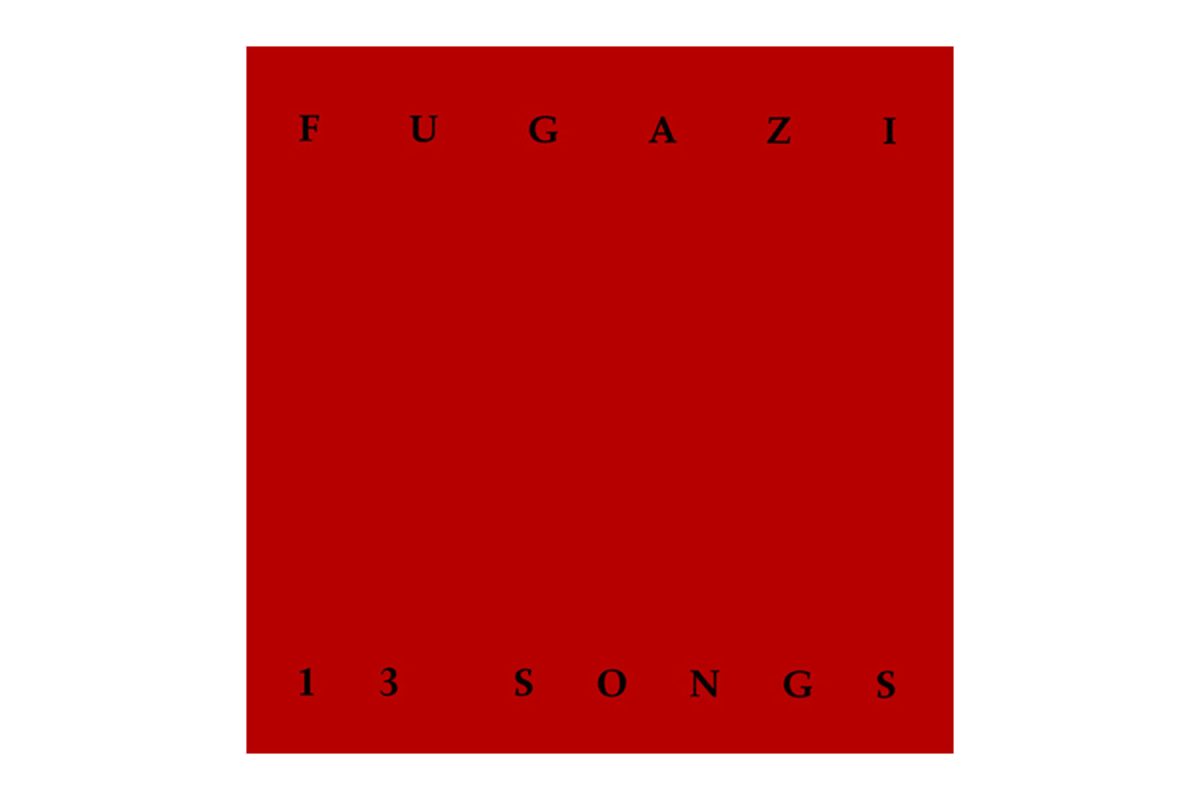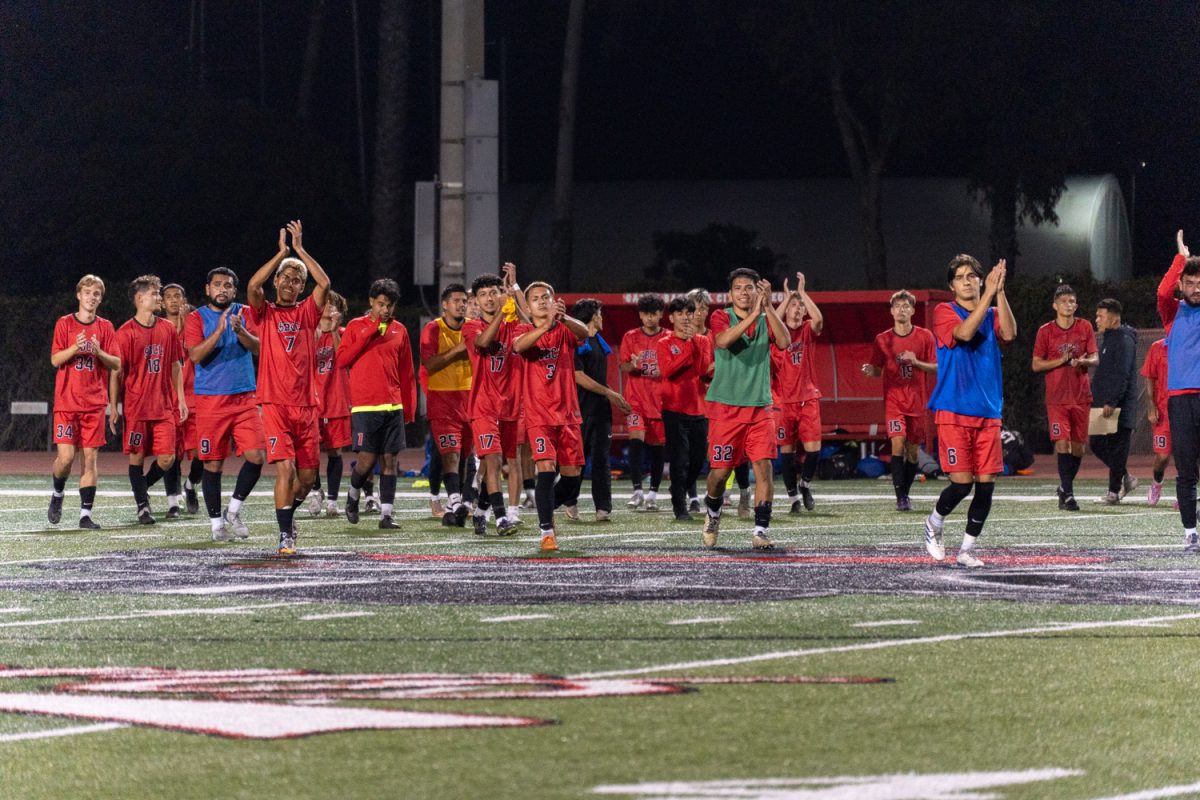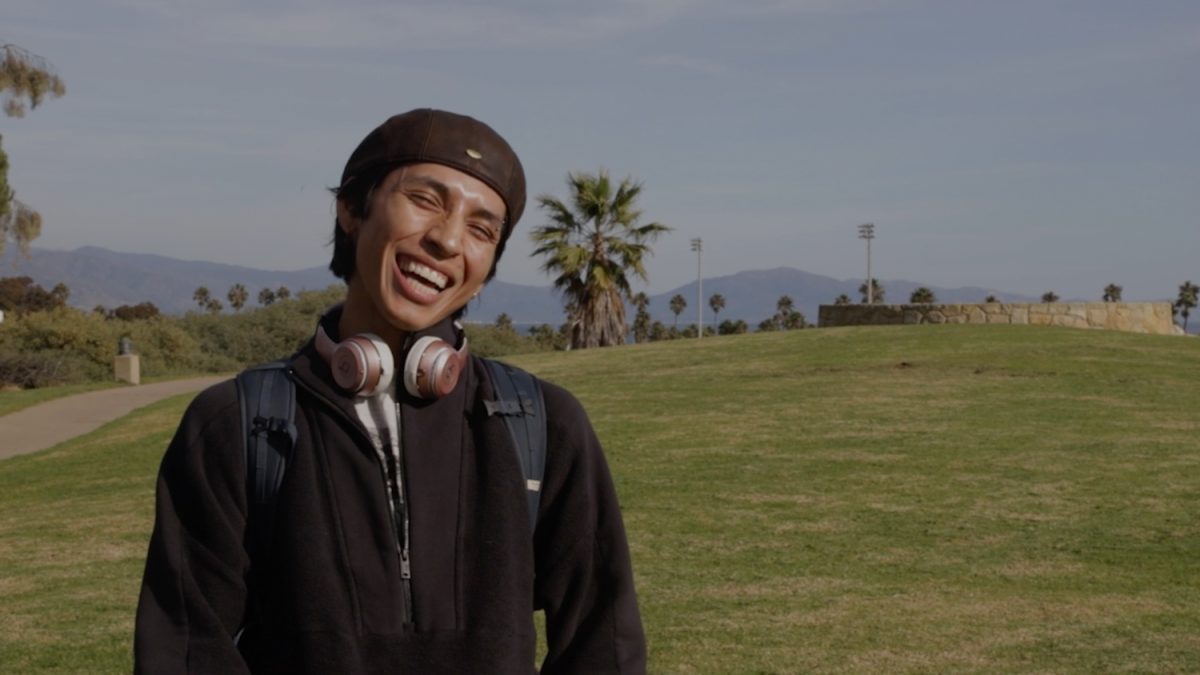Hearing is a spectrum, with people who experience the full range of sound, people who can experience some sounds but not others and people who can’t experience sound at all.
Artist Alison O’Daniel explores this spectrum in her art, using film with captions and sign language to encourage self-reflection about the way one experiences sound.
“Being in control of my work and being respectful of my control and then at a certain point drawing a line and then handing off sound. For me that’s where the work becomes maybe the most interesting,” said O’Daniel on working with American Sign Language (ASL) performers.
O’Daniel participated in an interview format discussion called “The Politics of Access and Visual Sound” Friday with Rezenet Moges-Riedel, a lecturer at CSU Long Beach in the American Sign Language and Deaf Cultures department.
Moges-Riedel asked O’Daniel a series of questions relating to how O’Daniel’s work deals with sound and the ability to hear it which centered around O’Daniels most recent work “The Tuba Thieves,” a film piece comprising of six shorts ranging from five to 10 minutes in length.
ASL translators were used throughout the event both so those who do not understand ASL could understand Moges-Riedel, who is deaf, and so those who are deaf could understand O’Daniel. Translators were also used for an audience question and answer session following Moges-Reidel’s interview of O’Daniel.
The film and the two sculptures O’Daniel created to accompany it are currently on display in the Atkinson Art Gallery and will remain on display through Dec. 7.
O’Daniel consulted with multiple composers to create her film, flipping tradition on its head by providing reference words or pictures to the composers then creating her film based on the composers’ music.
O’Daniel’s art is a different experience depending on one’s hearing abilities. There is information left out at times for both sides of the spectrum, the hearing and deaf communities.
“The accessibility of sound is not totally there for hearing bodies in the room, hard of hearing or deaf like me,” Moges-Riedel said.
Moges Riedel used an example of how one clip from the film shows a woman using sign language on one screen with another screen showing only captions which everyone has access to but the words are read out loud in the sign language style lexicon which deaf audience members cannot experience.
O’Daniel said she has felt that as a hard of hearing person, she does not fully belong in either the hearing community, because she uses hearing aids and lip reading, or the deaf community, because she not fluent in sign language.
This feeling of being an outsider is one of the reasons she creates her work, so she can help others understand the spectrum of sound that one can experience. One way she does this is by captioning the physical sensations happening when you are vocalising the sounds make by a musician’s voice in one of her pieces.
One of the shorts featured in “The Tuba Thieves” called “The Deaf Club” features a punk band playing with an audience made up of 60 deaf people and 40 punk rockers. People are shown both dancing and signing and the percussion instruments reacting to being struck are featured prominently.
O’Daniel is currently working on a film piece and live performance at the Los Angeles Skatepark featuring classical instruments and percussion provided by the sounds of deaf skateboarders performing tricks called “Skate or Score.”


